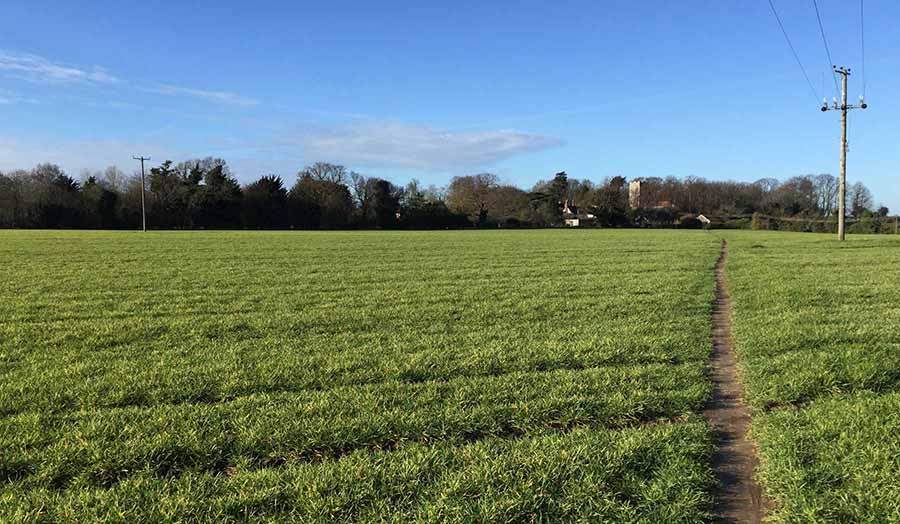Studio brief
Studio 9 encourages you to approach the dissertation as a crafted textual project. Through workshops and seminars we will consider some of the elements and activities of which the dissertation is comprised, and look at innovative and exciting ways to work with the form of the text, and the act of building it.
The studio assumes the position that taking a creative approach to the form and structure of the dissertation can inform the refinement of your subject matter and the development of your argument. Each week you will be introduced to a range of texts and works, not necessarily as material to inform the subject of your dissertation, but to help you to think about strategies for doing it.
Together we will explore the space of criticism; acknowledging our point of encounter with objects, places, sites and processes and the relationship between text, writer and reader. We will slip notes into library books, eavesdrop on fictional conversations to rehearse dialogues with theory, and work with images to ask if they alone can stage an argument. We will follow meandering forms of discussion – the essay film, the artist’s performance lecture and the guided walk, to help you to find a route through materials, ideas and arguments.
Suggested readings, resources and preparatory activities
- Watch Mark Leckey, ‘Cinema in the Round’ (2006-2008) and think about what this performance might have in common with a dissertation. Does it share some of the features that you would expect to find in a dissertation, such as a position or argument and references to existing ideas?
- Listen to Maria Fusco, ‘Master Rock’ (2015). Keep listening after the short introduction from the artist. (The work also exists through text and image as a book). How many voices do you hear? Think about the different perspective that each provides.
- Go to Tate Britain and ask to follow ‘The Darks’, an audio guided walk through the building and surrounding area, through the present and the past. You can borrow an audio player loaded with the walk from the information desk at the Millbank entrance.
- Read Jane Rendell ‘(Un)Doing it, (Over)Doing it Yourself: Rhetorics of Architectural Abuse’ in Occupying Architecture (1998). What is the relationship between doing and writing? Between practice and thought? For further reading see: Jane Rendell, Site-writing: The Architecture of Art Criticism. (2010).
- Find a piece of communication that excites or intrigues you. This might be a piece of writing with a tone or subject that you enjoy, an illustrated piece of text, a documentary, a podcast, a guide, a letter... Find it and keep it, to refer back to later.
- Spend some time amongst the magazines and journals in the library, this is a good way to find inspiration for your dissertation. Find what intrigues you, inspires you, or what you disagree with. If you fancy a change of scene you could also browse the journals at the National Art Library or the Royal Institute of British Architects (RIBA) Library.
Image: Giovanni Battista Piranesi. Fragments of the Marble Plan of Ancient Rome. (1756)

Details
| Tutor | Danielle Hewitt |
|---|
















